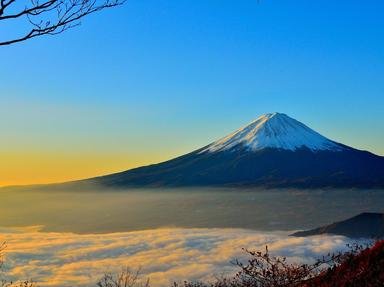Quiz Answer Key and Fun Facts
1. The art of growing miniature trees in containers is called:
2. A form of interactive entertainment taken from the Japanese term for 'empty orchestra' is called what?
3. What is a traditional Japanese form of heavyweight wrestling called?
4. A distinctive Japanese anime style, which has gained significant worldwide popularity in the last 20 years, is called:
5. A classical theatre form characterised by its dances, distinctive make-up, extravagant costumes and dramatic stage effects is called what?
6. A type of Japanese pottery traditionally used in tea ceremonies is called:
7. A modern martial art in which competitors use bamboo swords and wear protective armour is called what?
8. Pick the creative yet structured and minimalist form of flower arrangement.
9. A paper art form in which folded modular units are strung or glued together to create spherical shapes is called:
10. What Japanese style of short poetry writing is best known for its structure of line syllabification?
Source: Author
Catalulubird
This quiz was reviewed by FunTrivia editor
Pagiedamon before going online.
Any errors found in FunTrivia content are routinely corrected through our feedback system.
